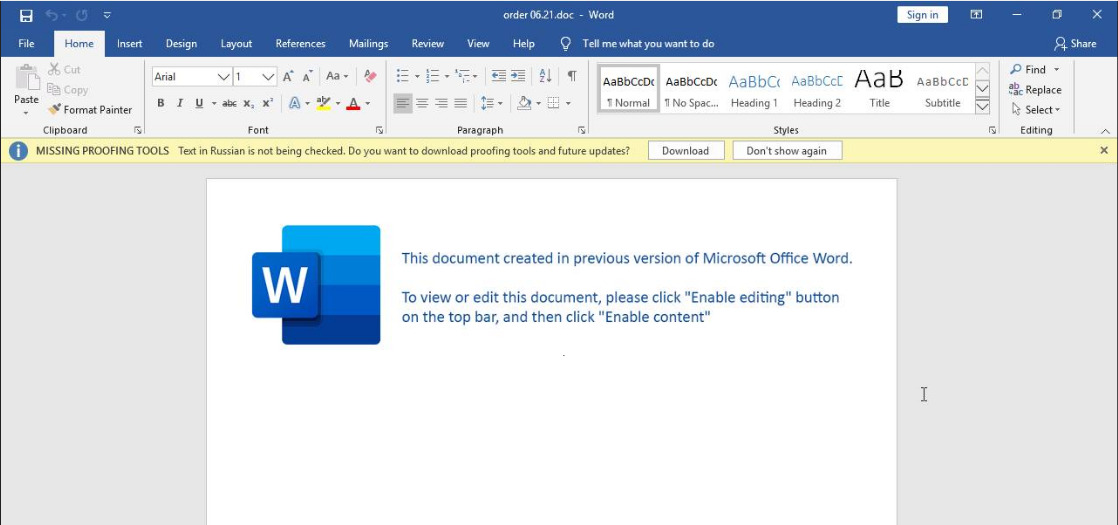From malware.news
On Monday (19JUL2021) President Biden announced that the US and its allies were joining together to condemn and expose that China was behind a set of unprecedented attacks exploiting vulnerabilities in Microsoft Exchange servers conducted earlier this year. The White House press release was titled: “The United States, Joined by Allies and Partners, Attributes Malicious Cyber Activity and Irresponsible State Behavior to the People’s Republic of China.”
After praising recent actions by world governments to condemn Russian ransomware attacks, today’s memo goes on the offensive against China, reminding the world that the PRC intelligence enterprise hires contract hackers who operate both for the state and for their own profits. Biden reminds us of charges brought against PRC Ministry of State Security (MSS) hackers in October 2018, July 2020, and September 2020 and says they have “engaged in ransomware attacks, cyber enabled extortion, crypto-jacking, and rank theft.” Today additional charges were brought against additional MSS hackers.





